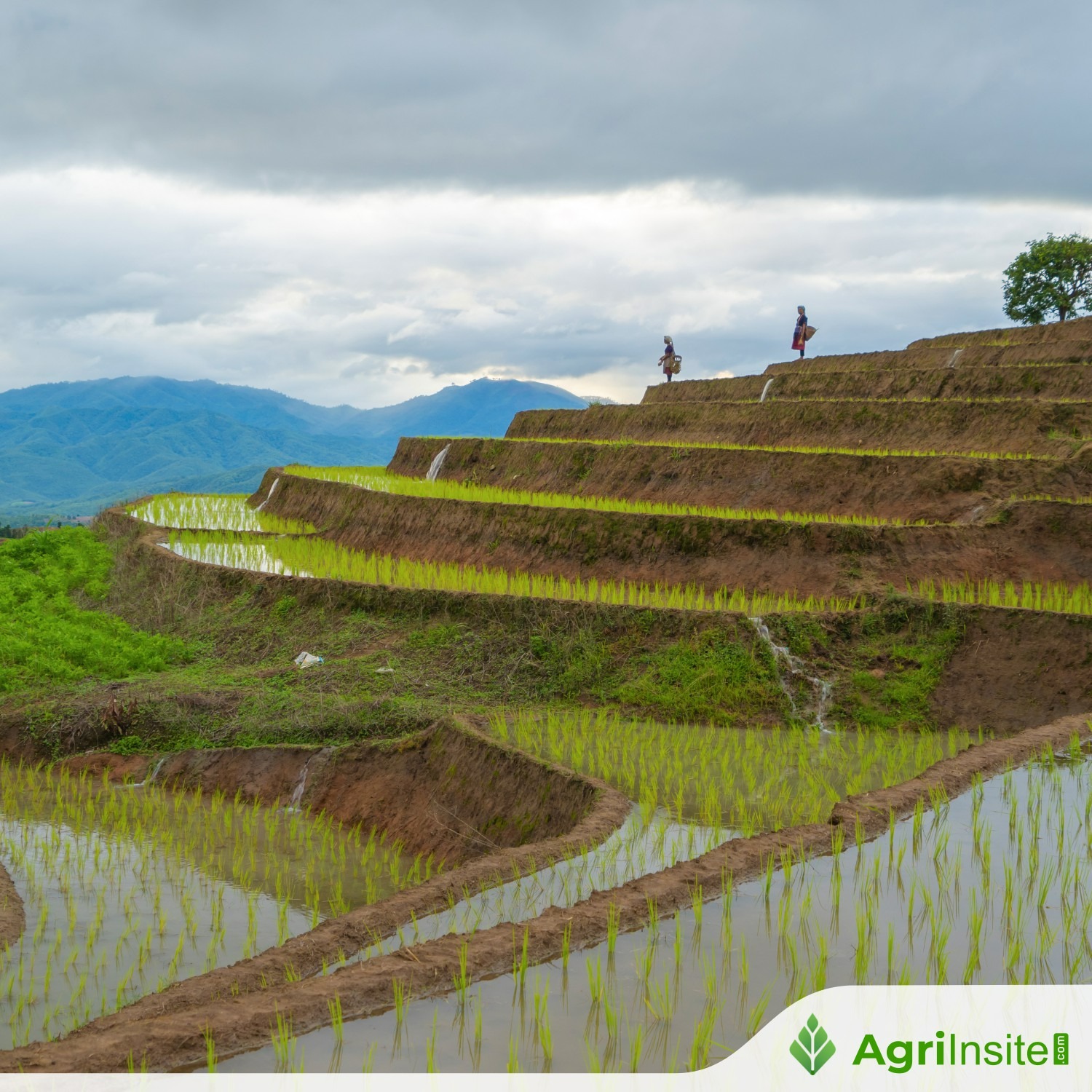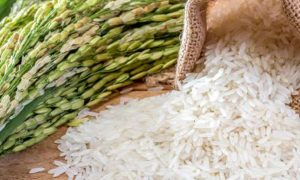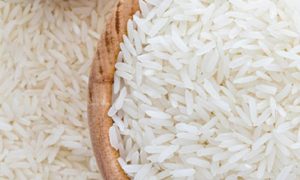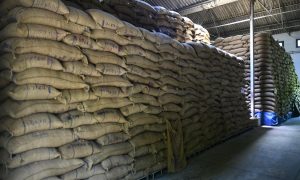Bangladesh : Rice output fell in FY25 despite historic high Boro harvest

Bangladesh’s rice production slightly declined to 4.06 crore tonnes in FY2024–25 from 4.07 crore tonnes a year earlier, despite record Boro output of 2.13 crore tonnes. Aush and Aman crops fell due to floods and poor weather. Hybrid rice cultivation expanded, boosting yields under favourable growing conditions.
Bangladesh’s total rice production fell slightly in the last fiscal year (FY) 2024-25, even as farmers harvested a record Boro crop supported by favourable weather and expanded cultivation.
Farmers produced 4.06 crore tonnes of rice in FY25, marginally below the 4.07 crore tonnes recorded in the previous year, according to estimates released by the Bangladesh Bureau of Statistics (BBS) earlier this week.
The decline is owed to a reduction in Aush rice acreage, which is harvested during the monsoon, and recurrent floods and unfavourable weather affecting rain-fed Aman rice, harvested mainly in November-December.
Year-on-year, Aush and Aman production fell by 6 percent and 0.9 percent, respectively, with 27.93 lakh tonnes and 1.64 crore tonnes produced, according to the BBS.
Consequently, total production in the July-June period of FY2024-25 declined, though production of Boro rice rose by 1.2 percent to 2.13 crore tonnes, marking the highest dry-season harvest on record.
The BBS attributed the rise to an increase in cultivated area, which expanded to 48.89 lakh hectares from 48.77 lakh hectares a year earlier, driven by the adoption of hybrid varieties.
Hybrid rice, which yields 14 percent more than High-Yielding Varieties, accounted for 12.96 lakh hectares of the Boro crop, up 2.29 percent from 12.67 lakh hectares last year. While inbred rice still made up roughly two-thirds of total Boro production, hybrid rice output grew at a faster pace.
“It was a good season for the crop. The weather remained favourable, and there were no natural disasters such as floods before the harvest,” said Mohammad Khalequzzaman, director general of the Bangladesh Rice Research Institute (BRRI).
“We also did not see temperature fluctuations that affect yields. Farmers’ awareness has also improved, contributing to higher output,” he added.
The BBS released the final Boro estimates at a time when rice prices, the staple food for around 17 crore people, have eased slightly over the past month due to increased supply from imports and the Aman harvest, which accounts for roughly 40 percent of annual output.
Between July 1 and November 11 of FY2025-26, Bangladesh imported 4.37 lakh tonnes of rice, which amounts to 30 percent of the 14.36 lakh tonnes imported in FY25, according to the food ministry.
BRRI chief Khalequzzaman added that Aman yields in some areas have so far surpassed last year’s levels.
“Total production is expected to be good this year, despite recent rainfall causing some lodging of paddy. The extent of damage will be low,” he said.
A Department of Agricultural Extension (DAE) estimate attributed crop losses of Tk 212 crore across 29 districts to unseasonal heavy rainfall and gusty winds in late October and early November, intensified by Cyclone Mantha. The damage affected transplanted Aman paddy as well as vegetables, potatoes, onions, chillies, maize, and mustard.
Farmers transplanted Aman on 59.28 lakh hectares, 6 percent higher than last year, according to DAE’s preliminary estimates. Prior to the rains and cyclone, officials had anticipated a good harvest due to increased acreage and favourable weather.
For FY26, the DAE has set production targets of 32 lakh tonnes for Aush rice, 1.81 crore tonnes for Aman, and 2.27 crore tonnes for Boro. Preliminary data indicate that Aush cultivation has expanded this year but still falls short of the DAE’s targets.
To Read more about Rice News continue reading Agriinsite.com
Source : The Daily Star















